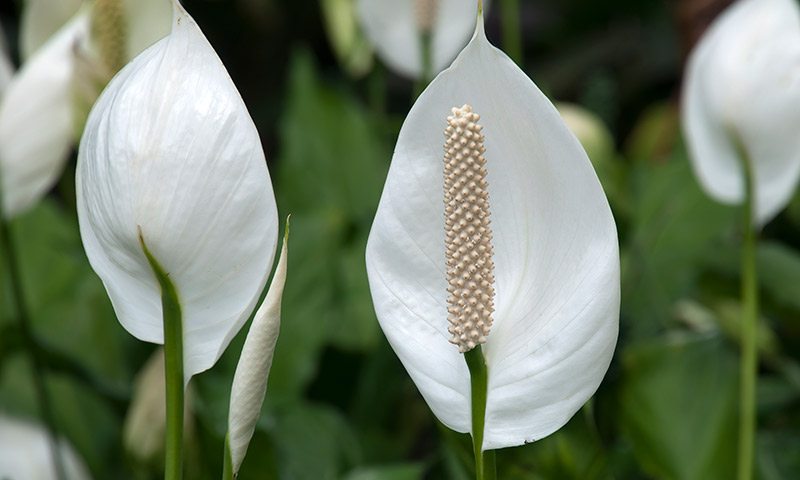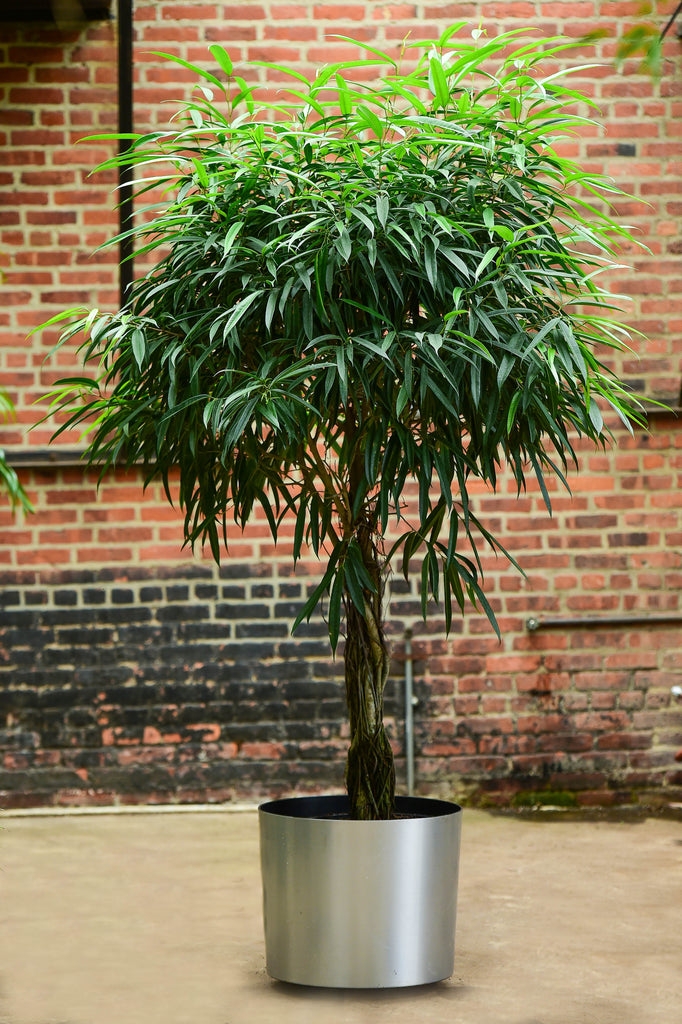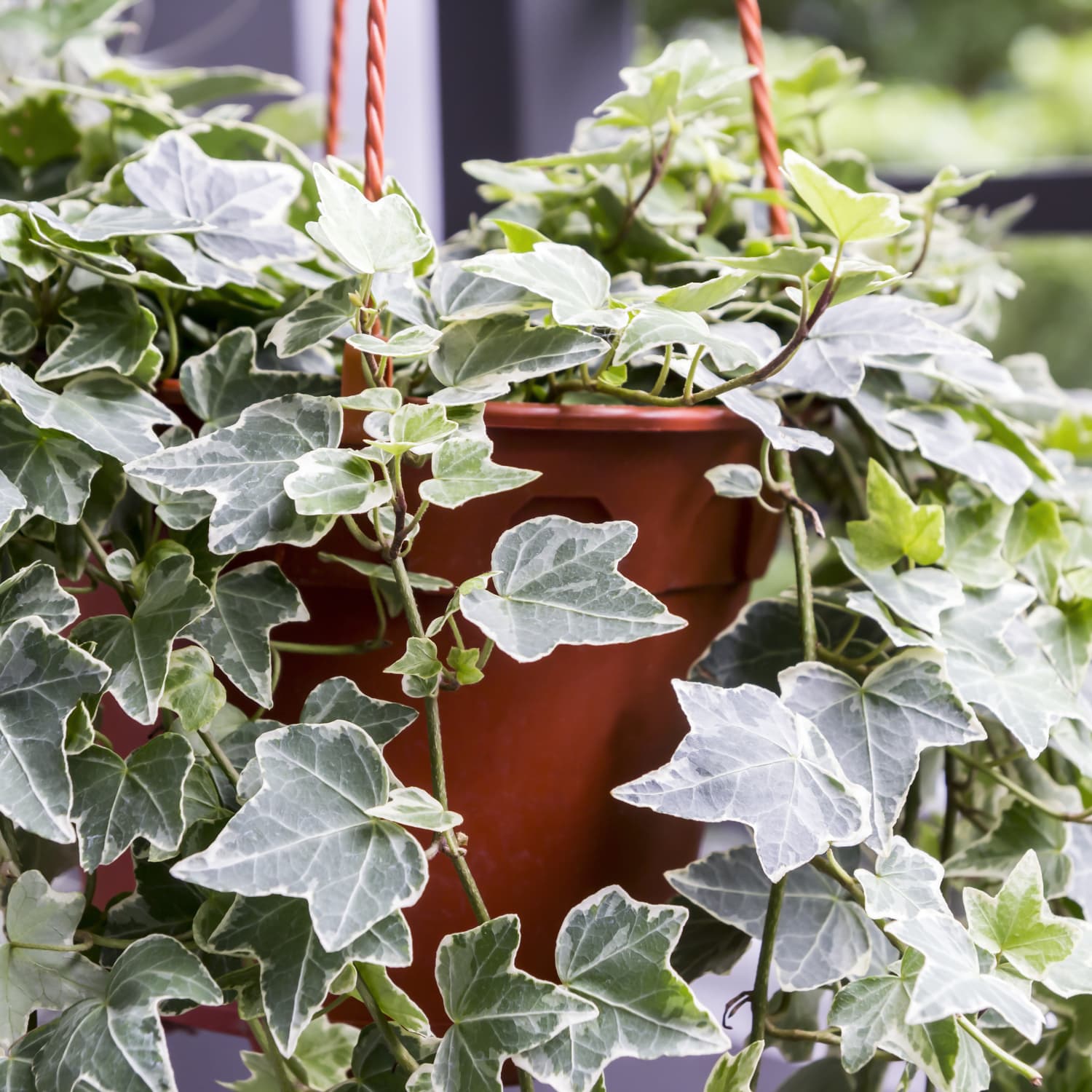Lifestyle
The 10 Indoor Plants For Green Homes And Offices
Most of us stay at home because we spend most of our time at work or at home. However, you may find that staying indoors is the best way to avoid contamination. If you have any of these misconceptions, you need to do your research. If you don’t have time for this, we will do it for you. Studies show that indoor air is 30% more polluted than outdoor air. Especially in winter when most windows and doors are closed. Think of all the cities where people don’t go out when the weather is bad. Is it safe inside? Well, if you are careful you will be safe. Choosing an air purifier and indoor air plant can make your home or office more secure. Here are 10 houseplants that will purify indoor air and keep your space clean.
1. Areca Palm
Areca Palm is a very popular herb and has been tested as one of the best herbs for eliminating bad breath at home. The plant looks like a small tree or shrub with long, feathery leaves. Palm trees cannot live in the dark, so they need the sun to drop their leaves. So half a day is good for this plant. The plant retains moisture but needs more water in the summer when the soil begins to dry out. Be careful, however, not to overwater this plant as it is sensitive to too much water and will cause root rot. Fertilizing in the fall is ideal, but remember to fertilize liberally as more fertilizing will cause the green leaves to turn yellow. Areca palm leaves attract spiders, so keep them clean.
2. The Bamboo Palm
The bamboo palm is an inexpensive houseplant that improves indoor air quality. This plant, also known as the cane palm, is a low-maintenance plant that prefers rainwater over tap water. They are susceptible to spider mites and aphids. So keep your plants clean. This plant should be exposed to direct sunlight and adequate water.
3. The Dracaena
Dracaena can have many colors and shades and is a beautiful houseplant. This plant, also called “lucky bamboo”, is a solid addition to the office or home. This plant is native to Southeast Asia, Africa and Central America and is found in desert regions. The most popular types of dragonflies are ‘Dracaena ricky’ with dark green leaves, ‘Dracaena Marginta’ with pink leaves, ‘Dracaena Fragrans’ with yellow stripes on green leaves, and ‘Striped Dracaena’. Delemensis’ leaves. This plant is very easy to grow, but you need to make sure that the compost is not clogged and not peat based, as too much water is not good for this plant. Direct sunlight is not suitable, so it is necessary to check the fertilization of plants every two weeks. Stem rot is another problem caused by excessive watering. So make sure you have enough water.
4. The Dwarf Date Palm
Dwarf date palms are the smallest date palms and can be grown in containers. The trunk of this palm is 10-15 cm in diameter, and diamond-shaped spiny leaves are visible beneath it. The plant grows up to 4 feet tall and then begins to develop a stem. Native to Africa and tropical Asia, it can tolerate hot, humid conditions. Indirect sunlight is best for this plant. It is very effective in removing toxic xylene, formaldehyde and xylene from the air.
5. The Boston fern
Boston fern, also known as Nephrolepis exaltata, is very good at absorbing formaldehyde from the air. These plants grow wide and can be placed in baskets. Boston fern leaves can grow up to 3 feet tall and spread up to 6 inches. This popular herb is non-toxic but may cause allergic reactions in some pets. This plant also does not tolerate excess water and grows well in moist water. The best place to keep this plant at home is in partial sun or bright light.
6. The Peace Lilly
Peace lilies can come in many sizes, with lots of flowers and lots of green leaves. But the only things you need to take care of are over-watering, over-exposure to heat, and over-fertilizing. The strangest thing about the peace lily is that it only blooms once and then leaves behind green leaves. Each flower loses its color and ends and then turns green. If the plant falls over, it needs water.
7. The Ficus Alii
Ficus “ali” means “king” in Hawaiian and is a plant with dark green, wavy leaves. The plant grows slowly and during active growth the new leaves turn red in contrast to the dark green leaves. This factory is located in East Asia, South Asia and Southwest of Milan (Australia). If you are allergic to latex, consider wearing gloves when handling the plant. Wearing sunglasses is a great way to protect and care for your eyes. Cover furniture and floors as latex (liquid rubber) can stick to them. If latex gets on any surface, remove it immediately, and if it gets on the skin, remove it with a cloth soaked in alcohol. Always check the moisture level before watering plants to avoid overwatering. The plants are susceptible to a gray mold called “Botrytis cinerea”, a disease called “anthrax” and another disease called “phomopsis”.
8. English Ivy
A study has proven that English ivy can help you breathe easier by removing toxins from the air. This study also indicates that many allergens such as animal feces and mold can be cleaned using English ivy. This is an affordable natural air purifier. However, the plant is poisonous and should be kept away from children and pets.
9. The Rubber Plant
Rubber trees are the skin of the house because they can survive low light and tolerate low temperatures. However, the best place for this plant is a semi-shaded or semi-sunny place. Rubber trees in particular are known for absorbing harmful chemicals from the air and growing rapidly. Rubber trees reach 6 to 10 feet and can be pruned. They have large, hard, shiny leaves and a deep, dark green color. Rubber trees need frequent fertilization, especially during the growing season. Too much water is more of a problem and causes insect infestation. The only thing to be careful about is that the white glue does not get in the way of the children. This juice may cause stomach upset or skin irritation if swallowed or touched.
10. The Lady Palm
The Lady Palm is native to southern China and is a beautiful ornamental plant loved all over the world. This plant is long-lived and can adapt to a variety of soils, environments and climates. The lady palm is an easy palm to grow and one of the best plants to improve indoor climate. These tall palms have fans of thick, glossy leaves. Lady Palm can grow in temperatures of 20′ – 100’F. This plant grows slowly and requires very little fertilizer. They are susceptible to infection with spider mites and spider mites. Lady Palm needs very little water because it is very sensitive to water. Bright sunlight is best for them, as direct sunlight can discolor the leaves.
Final Words
Indoor air pollution is also a cause and aggravating factor of asthma and allergies. The main pollutants we encounter in our homes are benzene, formaldehyde and trichlorethylene (TCE). However, if you plant houseplants and take other steps to prevent indoor pollution, the ability of these plants to absorb air pollution can reduce indoor air pollution in your home.

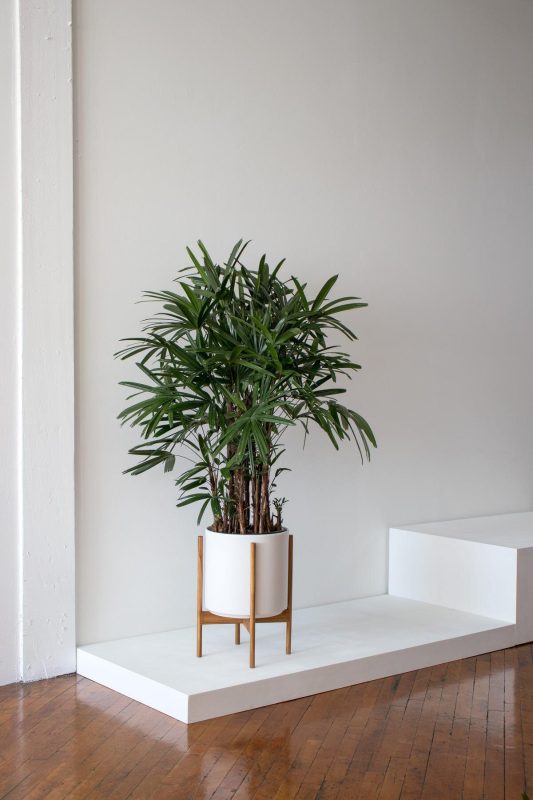
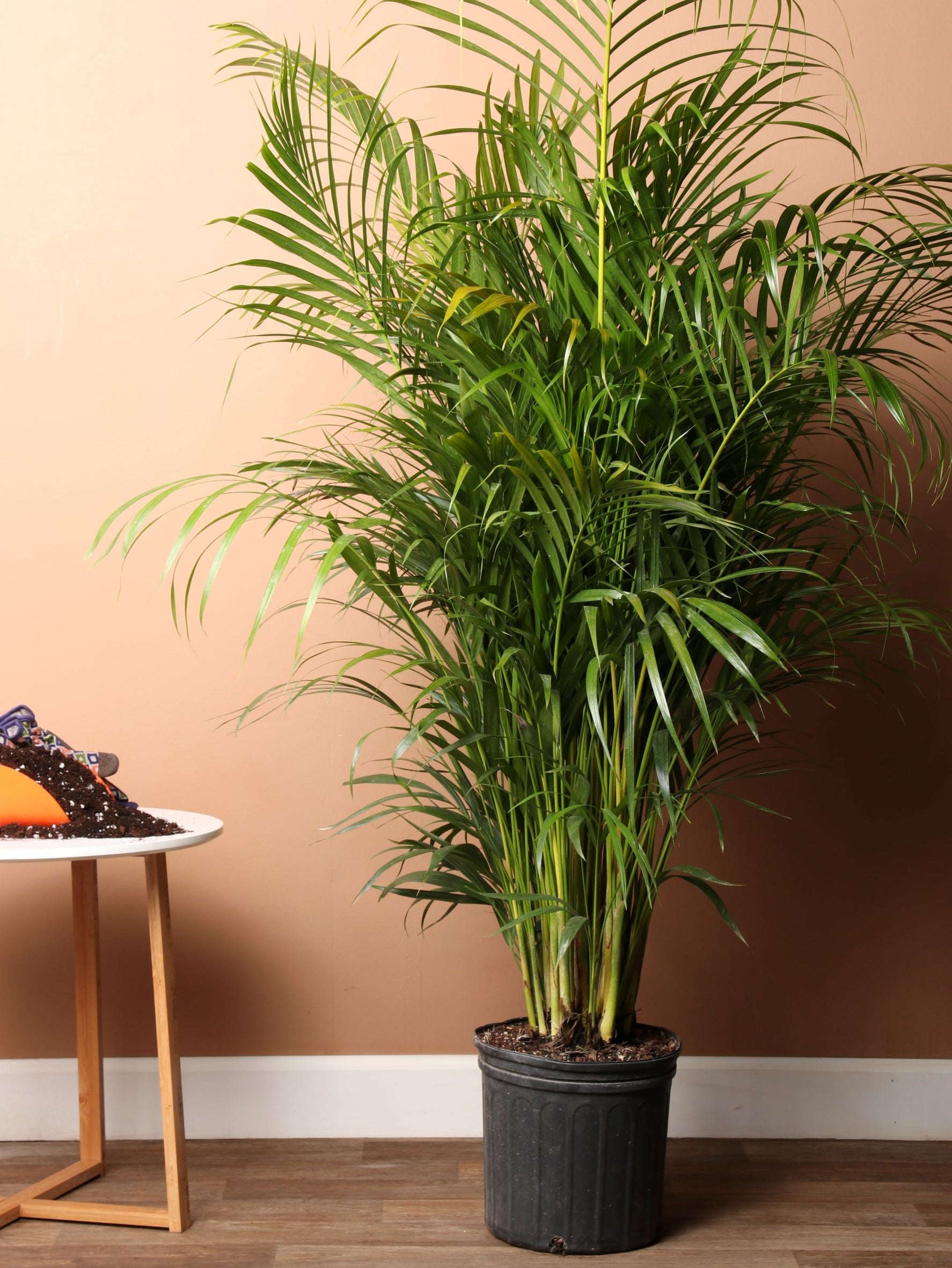

:strip_icc()/dracaena-houseplant-01-hero--68f36341781e404eb08d61587ac9bf3d.jpg)


